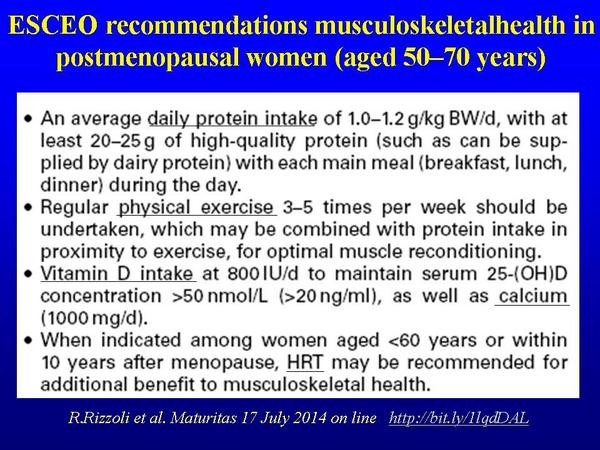Led by Scientists at Lawson Health Research Institute’s Canadian Centre for Human Microbiome and Probiotic Research, this study provides the first clinical evidence that a probiotic yogurt can be used to reduce the deadly health risks associated with mercury and arsenic.
Environmental toxins like mercury and arsenic are commonly found in drinking water and food products, especially fish. These contaminants are particularly high in areas where mining and agriculture are prevalent, and in the developing world where regulations for industrial activities are limited or poorly enforced.
Even at low levels, chronic exposure to heavy metals has been linked to certain cancers and delayed neurological and cognitive development in children. Yet in Canada, 15% of reproductive-aged women possess mercury levels that pose a high risk for neurodevelopmental abnormalities in their children.
Lactobacillus
Research suggests some naturally occurring bacteria in the body can influence toxic metal levels. Lactobacillus rhamnosus GR-1 is a probiotic strain that has already been used safely and effectively in yogurt in Canada with positive immune benefits. Previous lab research at Lawson showed it can also bind to heavy metals, but clinical research was needed to confirm whether this mechanism would prevent the body from absorbing them.
In the study, Dr. Gregor Reid, a Scientist at Lawson and Western University, and Jordan Bisanz and Megan Enos, trainees at Lawson and graduate students at Western, assessed 44 school-aged children and 60 pregnant women living in Mwanza, Tanzania near Lake Victoria. This area is known for having particularly high environmental pollution.
Tanzania is also home to a network of community yogurt kitchens previously set up with the scientists to provide a locally-sourced, low-cost source of nutrition. The goal of the study was to assess existing metal levels in the environment and participants’ bodies, map their natural bacteria to identify any potential links to metal absorption, and determine whether the probiotic-supplemented yogurt could influence metal absorption.
The probiotic protects
The scientists found mercury and lead levels were up to seven times higher than what is typically found in Canadian children. Silver cyprinids, small fish consumed widely in the region, were found to contain especially high levels of mercury and arsenic. DNA sequencing identified two bacteria present in children with the highest concentrations of heavy metals, suggesting the presence of these bacteria may be linked to metal absorption.
After consuming the probiotic-supplemented yogurt, the children showed positive, but not statistically effective, results. The pregnant women showed more dramatic outcomes. The probiotic yogurt protected them from further uptake of mercury by up to 36% and arsenic by up to 78%.
“The findings are exciting for many reasons,” says Dr. Reid, senior author on the publication. “First, they show a simple fermented food, easily made by resource disadvantaged communities, can provide benefits in addition to nutrition and immunity. Second, the results are relevant for many parts of the world, including Canada, where exposure to these toxins occurs daily. Finally, it confirms more attention needs to be paid to these toxins, especially in children and pregnant women.”













